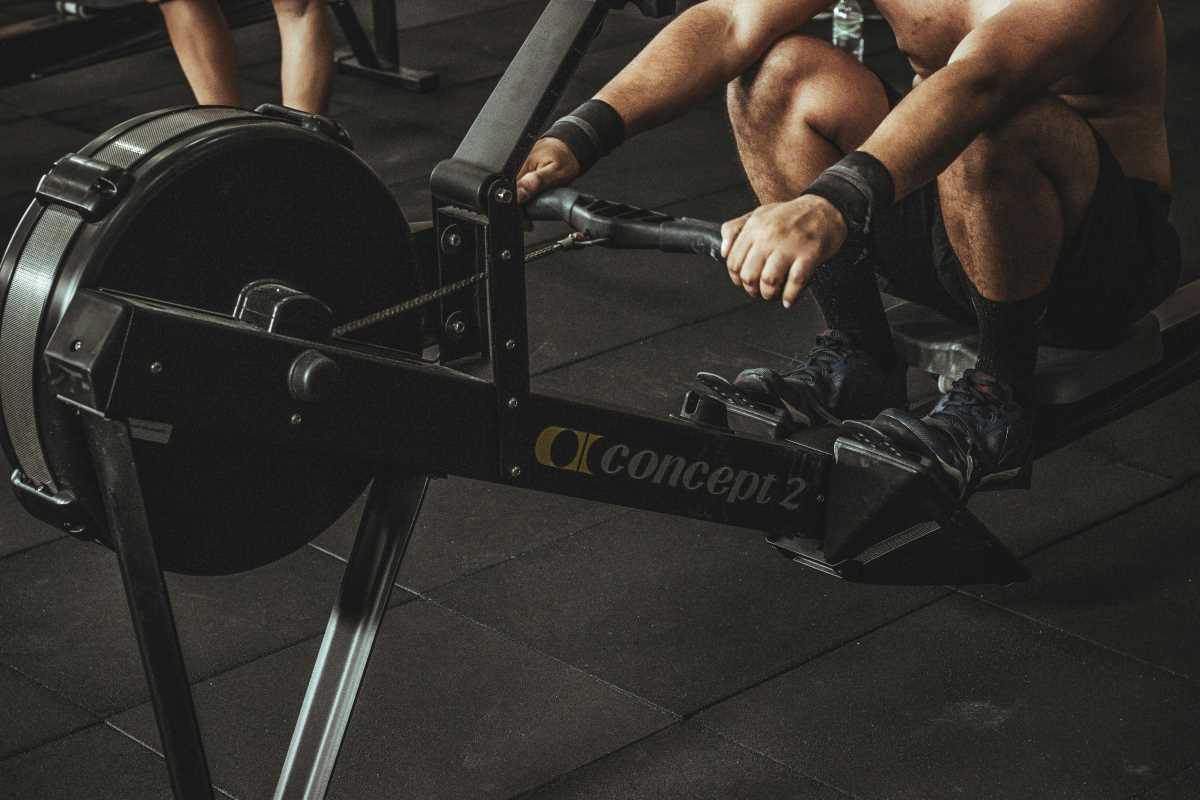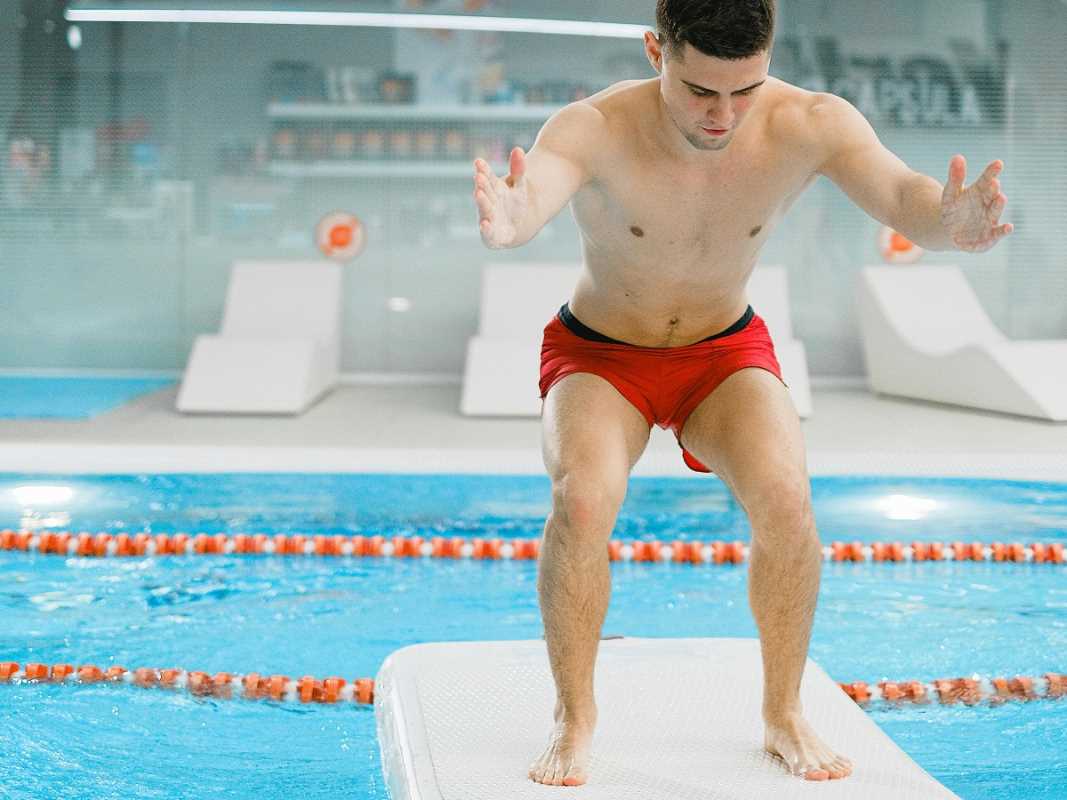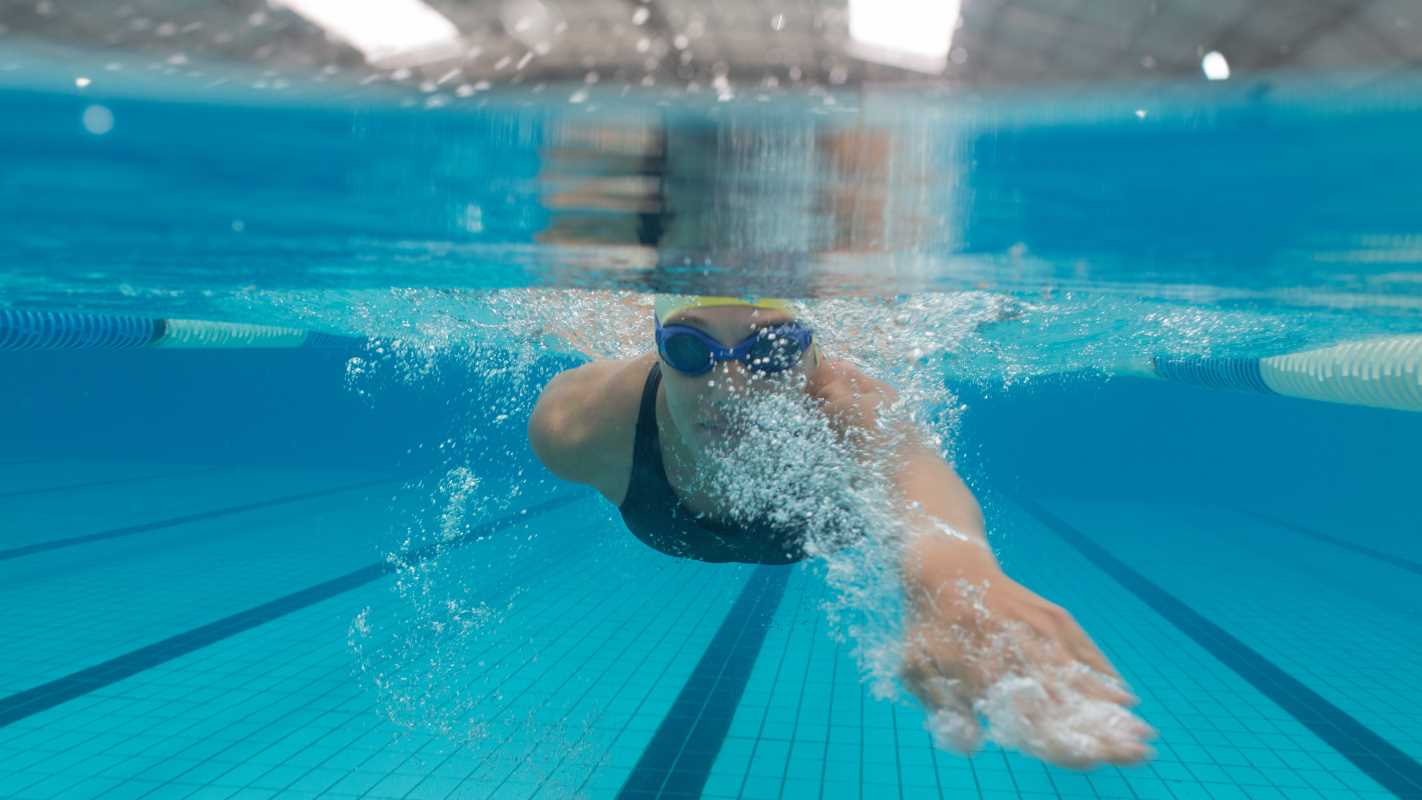Competitive rowers who aspire to excel must focus on perfecting their race pacing. Winning isn't solely determined by how powerfully you can row; it hinges on the strategic allocation of your energy over the course of the race. This ability often spells the difference between claiming victory and settling for second place. By incorporating interval training into your routine, you can transform your competitive rowing tactics. Let's explore how this method can revolutionize the way you approach races, ensuring that you harness your full potential and edge out the competition when it truly matters.
Understanding Race Pacing
Race pacing involves managing your speed and energy levels to optimize performance over the entire length of the race. For rowers, maintaining the right pace means striking a balance between speed and endurance, ensuring you don’t burn out too early while still staying competitive.
- Energy Management: Proper pacing helps conserve energy for critical moments in the race.
- Consistency: Maintaining a steady pace prevents drastic slowing or speeding, which can throw off your rhythm.
- Targeted Speed: Knowing when to push harder helps you overtake competitors in key sections of the race.
- Psychological Advantage: A well-paced race boosts your confidence and keeps you mentally strong throughout the competition.
Basics of Interval Training
Interval training serves as a useful tool for enhancing race pacing skills. It involves alternating periods of high-intensity rowing with periods of lower intensity or rest, helping you build both speed and endurance.
- High-Intensity Intervals: Short bursts of maximum effort followed by rest improve your anaerobic capacity.
- Steady-State Intervals: Maintaining a consistent pace for set periods enhances your aerobic endurance.
- Pyramid Intervals: Gradually increasing and then decreasing the interval lengths challenges your pacing adaptability.
- Recovery Intervals: Incorporating longer rest periods allows for better recovery and performance in subsequent intervals.
Designing an Interval Training Plan
Creating an effective interval training plan tailored to competitive rowing involves assessing your current fitness level and setting specific goals. Start by determining your target race pace and structure your intervals to mimic the demands of the race.
For example, a training set might include:
- 5 minutes at race pace followed by 2 minutes of light rowing, repeated 4 times.
- Intervals of 1 minute sprinting followed by 1 minute of rest, repeated 10 times.
Adjust the intensity and duration based on your progress, ensuring that each session challenges you without leading to overtraining.
Nutrition and Recovery
Proper nutrition and recovery play a crucial role in maximizing the benefits of interval training. Your body requires the right fuel to perform at its best and recover efficiently from intense workouts.
Focusing on nutritional timing significantly impacts your performance. Consuming the right nutrients before and after training sessions optimizes energy levels and muscle recovery, ensuring you’re ready for your next workout.
Real-World Applications
Applying interval training to real-world races allows competitive rowers to perform under race-like conditions. By simulating the intensity and pacing of an actual race during training, you can better prepare mentally and physically for competition.
For instance, incorporating interval training sessions that mimic the start, mid-race, and finish sprint phases helps you develop the ability to accelerate when needed and maintain your pace under fatigue.
Optimizing Technique During Intervals
Interval training serves not just to build endurance and speed; it’s also an excellent opportunity to refine your rowing technique. Focus on maintaining proper form even when you’re fatigued, as this ensures efficiency and reduces the risk of injury during races.
Pay attention to key aspects of your stroke, such as the catch, drive, and finish. Use intervals to practice smooth transitions and maximize the power you apply with each stroke. Over time, these enhancements in technique translate into more effective and faster rowing during competitions.
Monitoring Progress and Adjusting Your Plan
Tracking your performance during interval training proves essential for measuring progress and making necessary adjustments. Use tools like heart rate monitors, rowing machines with performance metrics, or even simple training logs to keep track of your intervals and overall performance.
Regularly reviewing your data helps you identify patterns, strengths, and areas that need improvement. Adjust your training plan based on these insights to continue challenging yourself and avoid plateaus.
Incorporating Mental Training
Interval training can be mentally demanding, so using mental training techniques enhances your overall performance. Practices such as visualization, goal setting, and mindfulness help you stay focused and motivated during intense workouts and races.
Visualizing successful races and setting specific, achievable goals for each training session boosts your confidence and mental resilience, enabling you to push through difficult moments during actual competitions.
Balancing Training with Rest
Finding the right balance between training and rest proves vital for long-term success in competitive rowing. Overtraining leads to burnout and injuries, while adequate rest ensures your body has the time it needs to recover and grow stronger.
Incorporate rest days into your training schedule and listen to your body’s signals. If you feel excessively fatigued or notice any signs of overuse injuries, take the necessary time to recover before resuming intense training.
Mastering race pacing through interval training enhances your competitive rowing. Consistently apply these methods to elevate your skills and gain a significant edge in races.
 (Image via
(Image via





